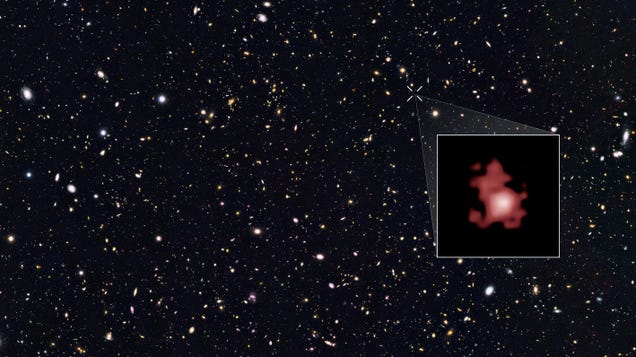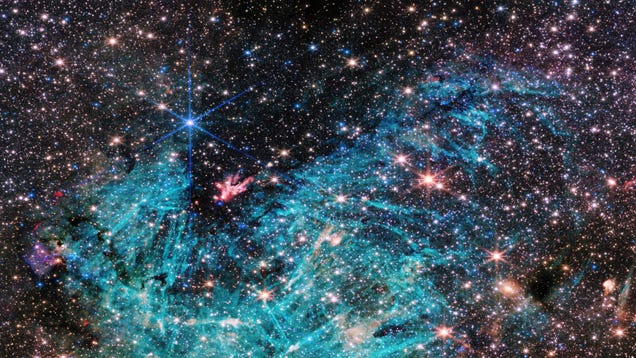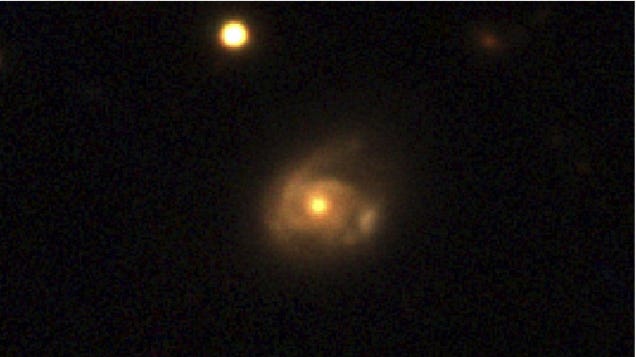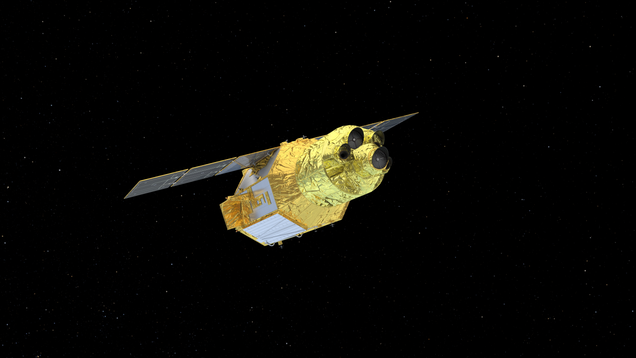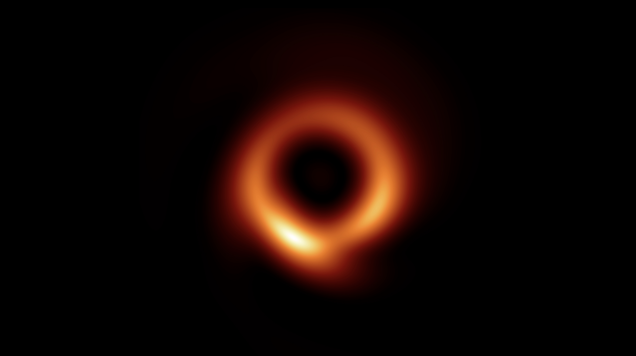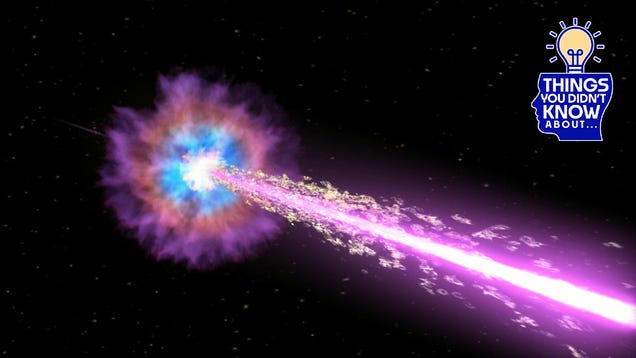
Black holes. Despite their names, the enigmatic objects are opposite of vacuous. They are some of the universe’s densest objects, with masses ranging from the size of stars to several hundred million stars. Their gravitational fields are so intense that not even light can escape them at a certain point, leaving us…

